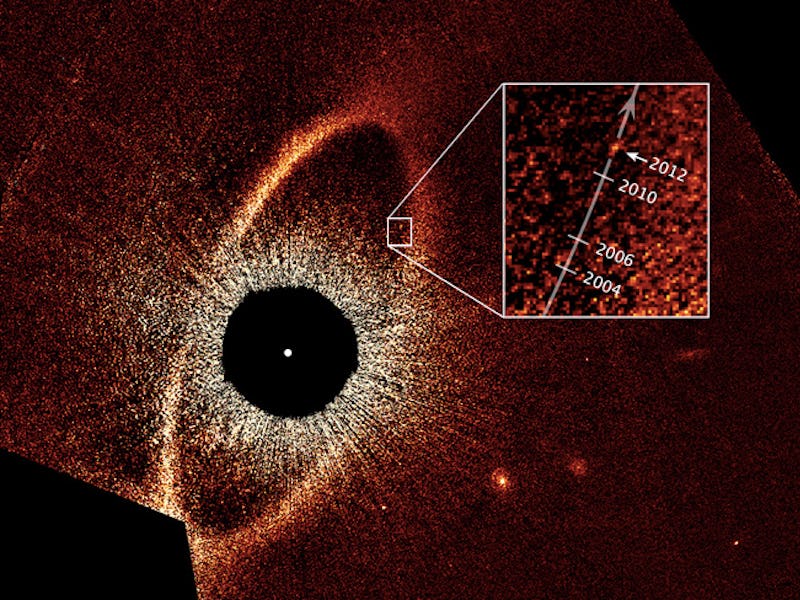Look out for Lonely Star Fomalhaut in the night sky this week
The star of autumn will be hanging low in the southern sky.

CELESTIAL OBJECTS COME AND GO FROM OUR VIEW IN THE NIGHT SKY. Whether it be the Full Moon, a meteor shower, or just the best night to see Mars, we're here to direct your eyes skyward and tell you to look up and appreciate the wonders of space right here on Earth.
This week, we are asking you to marvel at the beauty of the star Fomalhaut, often referred to as the Autumn Star or the Lonely One. It shines at its brightest during the month of September when it reaches the opposite side of the Sun.
A lonely star — Fomalhaut lies about 25 light-years away from Earth. It's the 18th brightest star in our skies overall, and the brightest star in the constellation Piscis Austrinus the Southern Fish. Because it appears in an area of the sky that is void of other bright stars, Fomalhaut is often referred to as the Lonely One.
Fomalhaut isn't only lonely in our view of the skies: The young star, only a few hundred million years old, was once presumed to have a planet orbiting around it. This discovery was announced back in 2008, with the Hubble Space Telescope directly imaging an exoplanet around Fomalhaut.
Fomalhaut's planet was dubbed Fomalhaut b or Dagon.
However, six years later and the planet vanished from sight. As it turns out, Fomalhaut's planet was not really a planet after all. Instead, it was likely a giant, expanding cloud of debris that had resulted from the collision of two small bodies made of dust and ice.
These types of collisions take place in Fomalhaut's vicinity every couple hundred thousand years, and it just happened to occur right when Hubble was observing the young, bright star, according to NASA.
How to see Fomalhaut
Fomalhaut will appear opposite the Sun during the month of September. In order to find Fomalhaut, you simply need to face south, and to the left of the shinning pair of planets, Saturn and Jupiter.
You will need to wait just a couple of hours after sunset in order to see the star shine low in the night sky. Be wary: Fomalhaut's light will appear to flicker at times due to the star's atmospheric turbulence.
On September 15, Fomalhaut will reach its culmination by midnight, meaning that it is highest in the sky to the south at local midnight.
If you live in a crowded city like New York, it is best to get as high up as possible in order to minimize light pollution. So going on a balcony or rooftop is highly recommended.
You also want to block out any light coming from screens of electronic devices or flashlights and allow your eyes to get accustomed to the darkness for around 30 minutes before you look up.